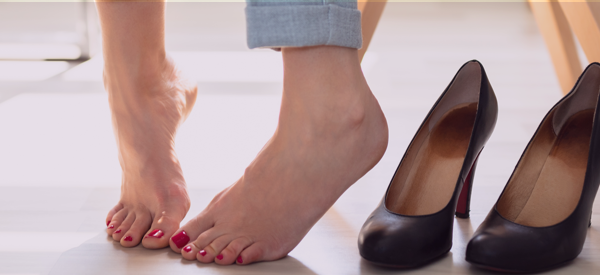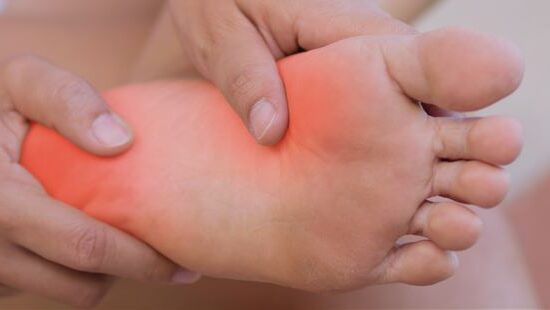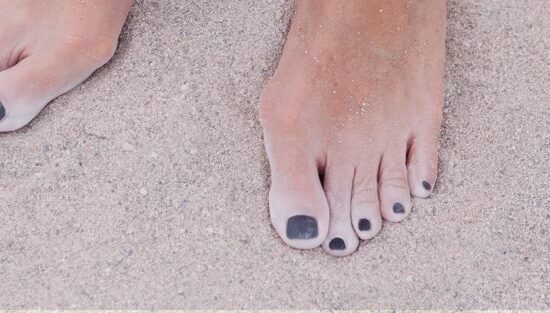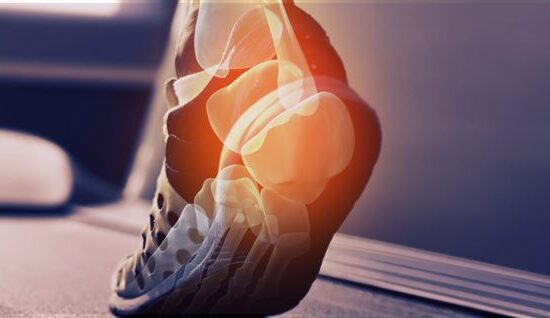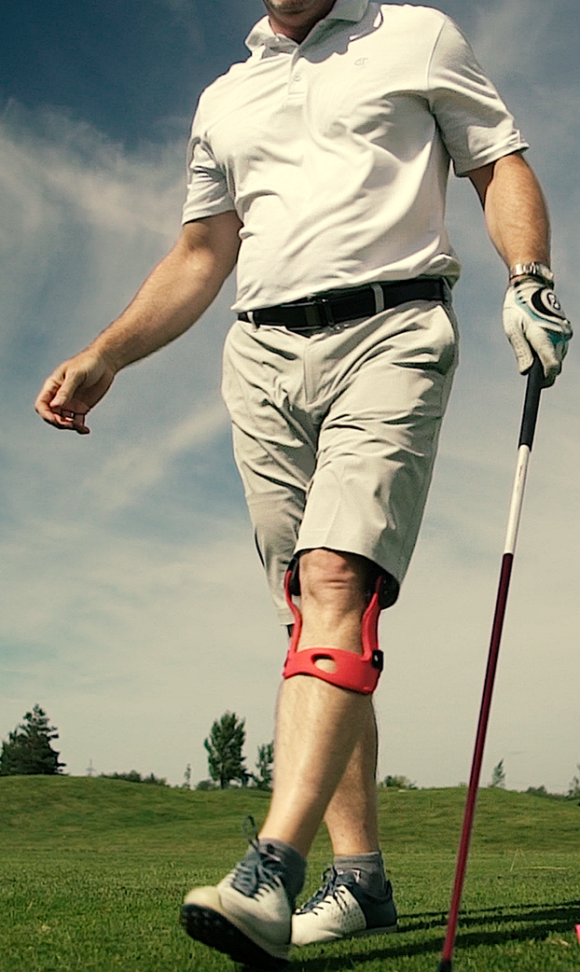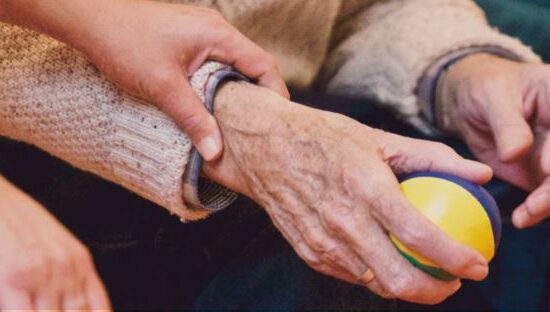Amputation refers to the removal of a section of the bone and the soft tissues around it. Afoot amputation may be total or partial, unilateral or bilateral.
The repercussions on walking and other functional abilities vary depending on the level of amputation. For example, amputation of one or more toes often causes an imbalance of the forefoot.
Main causes
In 80% of cases, amputation is due to vascular damage. In other cases, it may result from a trauma, an infection, a congenital tumor, or frostbite or burns.
Treatment solutions
In the case of total amputation of the foot:
- Wearing a prosthesis
A prosthesis replaces the missing limb and mitigates functional losses.
In case of partial amputation of the foot:
- Opt for a foot orthosis
Wearing a foot orthosis avoids overloading the metatarsal head of the amputated toe. It distributes the pressure under the foot and stabilizes it when walking. A toe filler can also be added.
- Choose an orthopedic shoe
It is recommended to wear an adapted shoe that respects the anatomy and the specific characteristics of the foot while optimizing stability, walking and foot support.
- Turn to a custom-made shoe
A custom-made shoe is made according to specific characteristics to meet the needs of your condition. It includes the necessary space to contain the stump, the foot orthosis and/or the prosthesis and allows increased efficacy.

